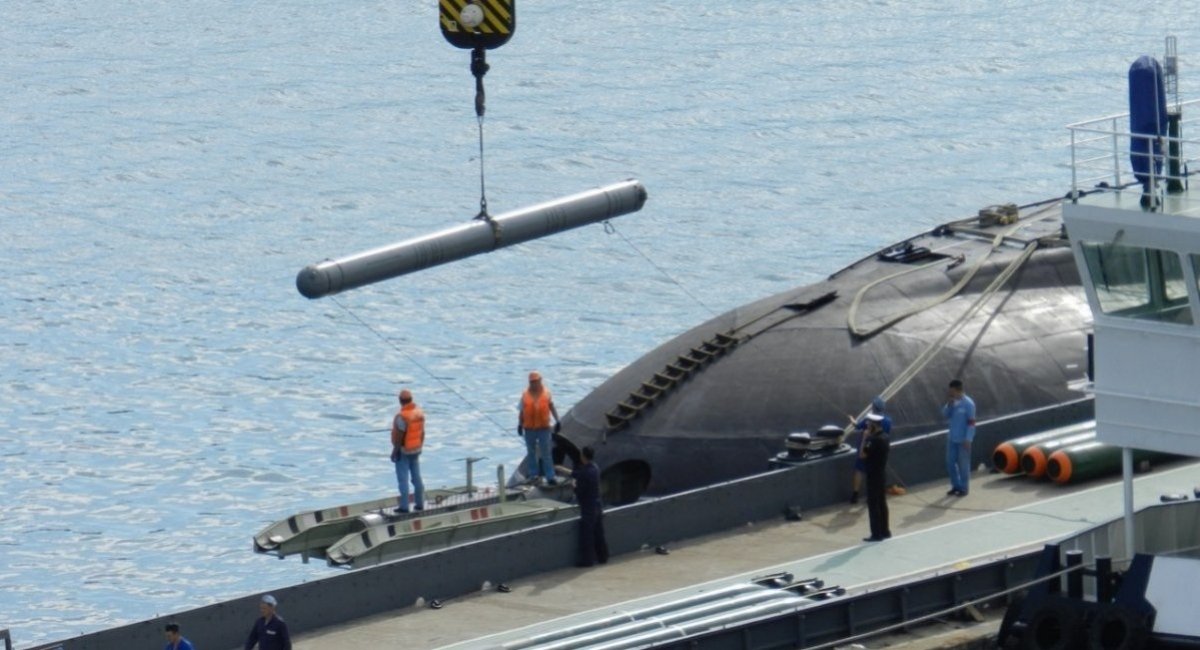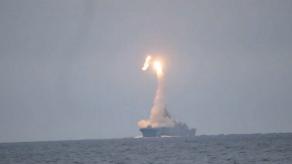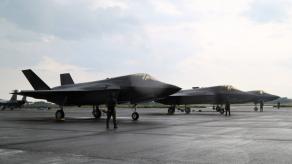This summer, the russians plan to start production of the Kh-50 air-launched cruise missiles, which are considered to be a "simplified version" of the Kh-101 cruise missile, in order to intensify strikes on the civilian infrastructure of Ukraine next autumn-winter season. At the same time, the Kh-50 missile project still remains "shrouded in fog", so in particular, we cannot yet estimate how much more production of such cruise missiles will be compared to the Kh-101, which the russians can assemble no more than 30-40 units per month.
Against this background, we cannot rule out that the russians may try to "simplify" the production of Kalibr sea-based missiles, the production of which does not exceed 15-20 units per month. We can estimate the potential for "simplification" if we recall the "predecessor" of this cruise missile - the Soviet S-10 Granat sea-based cruise missile.
Read more: Russia Is About to Start the Kh-50 Missile Production, But What News Do They Have With Another Kh-65 Missile Project
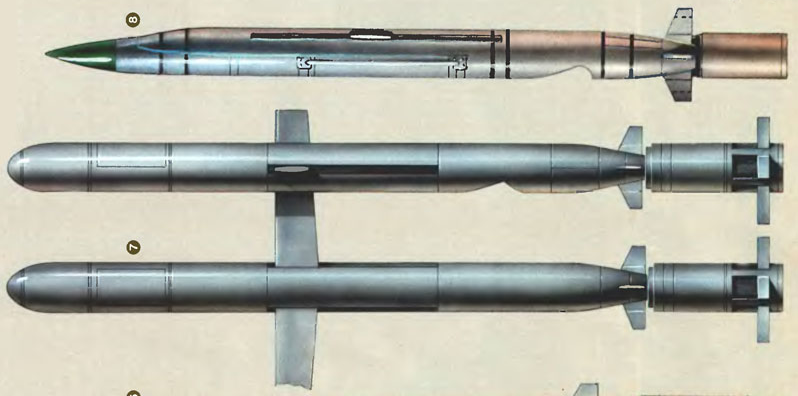
The S-10 Granat cruise missile was adopted by the USSR Navy in 1984, its development began in 1976, and the tests actually ended in 1988. It is also known that, apparently, it was on the basis of this missile that Soviet designers developed the RK-55 Relief (NATO reporting name SSC-X-4 'Slingshot') - the predecessor of the russian Iskander-K missile.
The S-10 Granat missile was created precisely as a carrier of nuclear weapons, by 1991 the Soviet military-industrial complex managed to produce up to 100 missiles, which after 1991, as part of the then political agreements between the Kremlin and the USA, were removed from combat duty and put into storage.
In 2016, information appeared that the Ministry of Defense of the russian federation announced a tender for the selection of a contractor for the disposal of 60 S-10 Granat missiles, which also had the designation 3M10. It is not known for certain whether a contractor was chosen or whether the process of disposing of these cruise missiles was started. Because of this, there is currently no reason to believe that the russians have disposed of all their S-10 Granat missiles, accordingly, such missiles hardly seem to them to be "artifacts from the distant past" that cannot be restored.
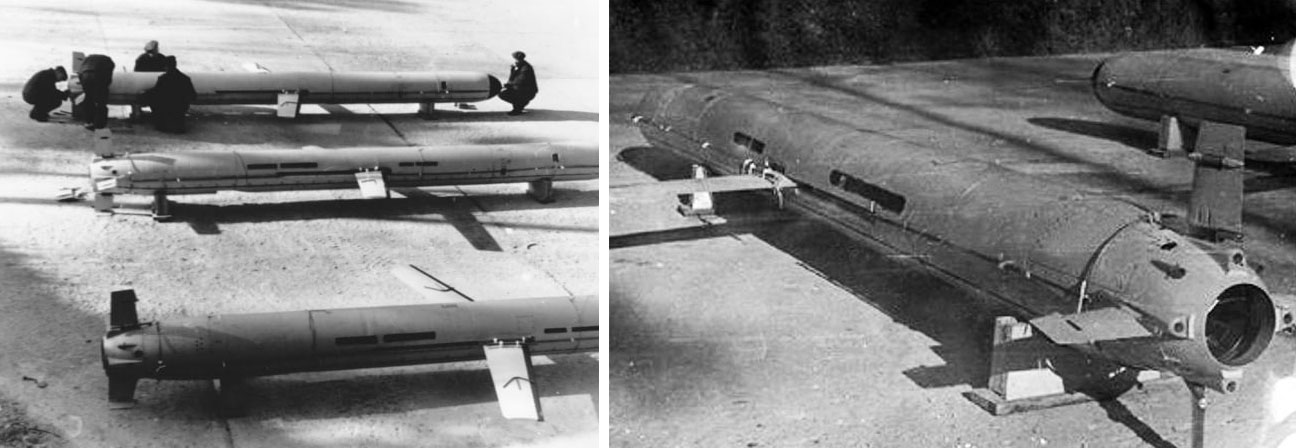
The Soviet S-10 Granat missile and the russian 3M14 Kalibr cruise missile, at first glance, have "ideological" and visual similarities, but there are still two important differences between them.
The first difference is the weight and dimensions parameters: the starting weight of the S-10 Granat missile was about 1500 kg, while the weight of the Kalibr depending on the modification can reach 2000 kg; and if the same Kalibr has a caliber of 533 mm, therefore there are no nuances when firing from a torpedo tube, then the S-10 Granat with a caliber of 510 mm had to be launched in a special case; an important difference is also in the weight of the warhead - more than 400 kg in the Kalibr missile and only 200 kg in the S-10 Granat missile.

The second important difference is the engine type: if the russian Kalibr missile has a TRDD-50 engine, then the S-10 Granat had a R-95A-300 turbocharger, and this was a forced decision, because at that time the TRDD-50 was not was brought to the required condition (although at the beginning of the development of this missile it was planned to be installed on the S-10 Granat missile).
Accordingly, against this background, we can assume that if the russians want to "simplify" their Kalibr missile for mass production, they can go exactly this way. Formally, they will produce exactly the same missile, but of lower quality, and will put up with the deterioration of performance characteristics and the use of "non-standard" elements, in particular engines. It can be predicted that at the same time, the russians will keep shouting about the fact that the Kalibr missile has "no analogues" - and this will be true, because technologies have long since advanced, and the russian federation is still clinging to the Soviet legacy.
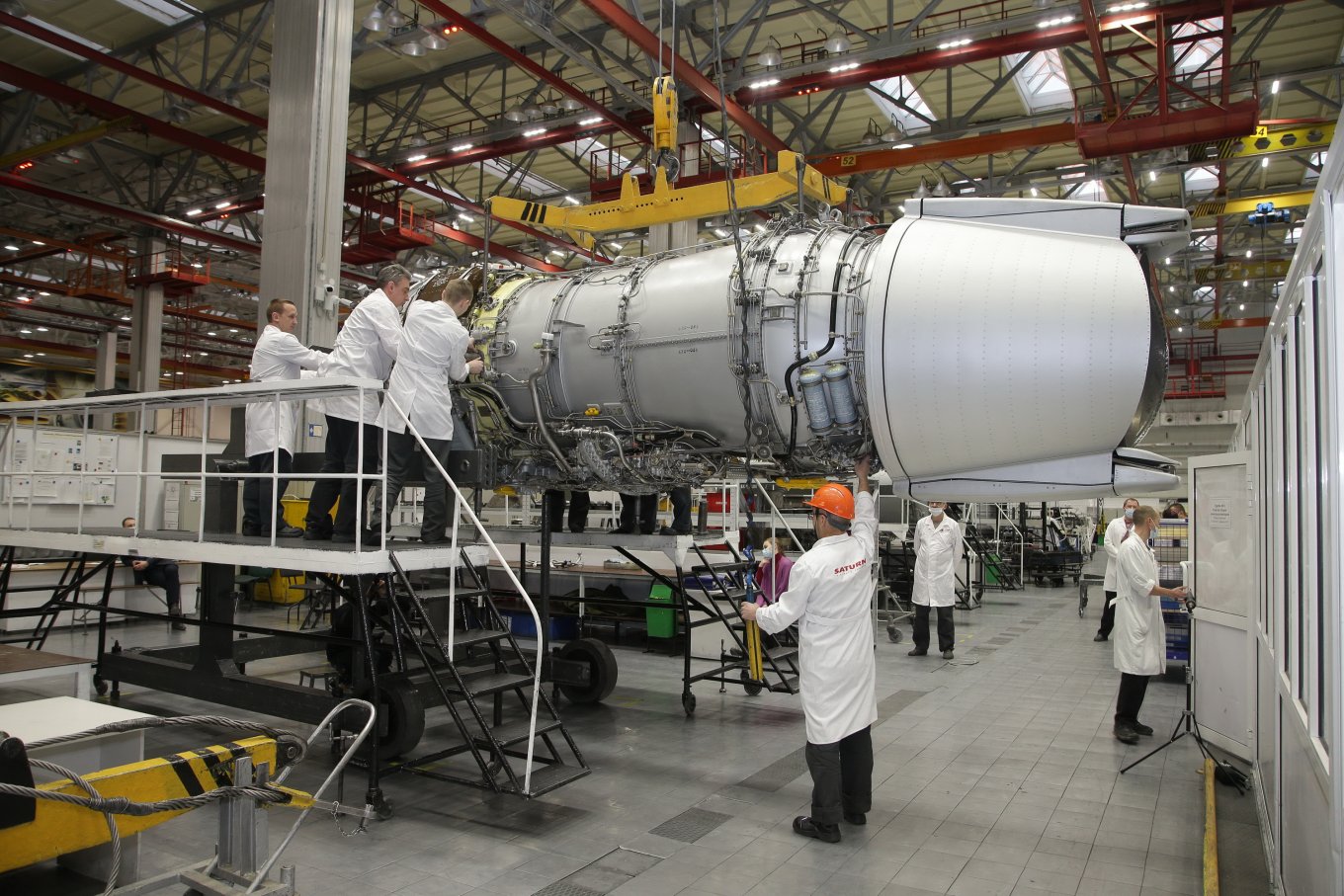
Read more: The Life of American Astronaut Depends on the Intel Chip from AliExpress Used in russian Rocket for Tornado-S MLRS




